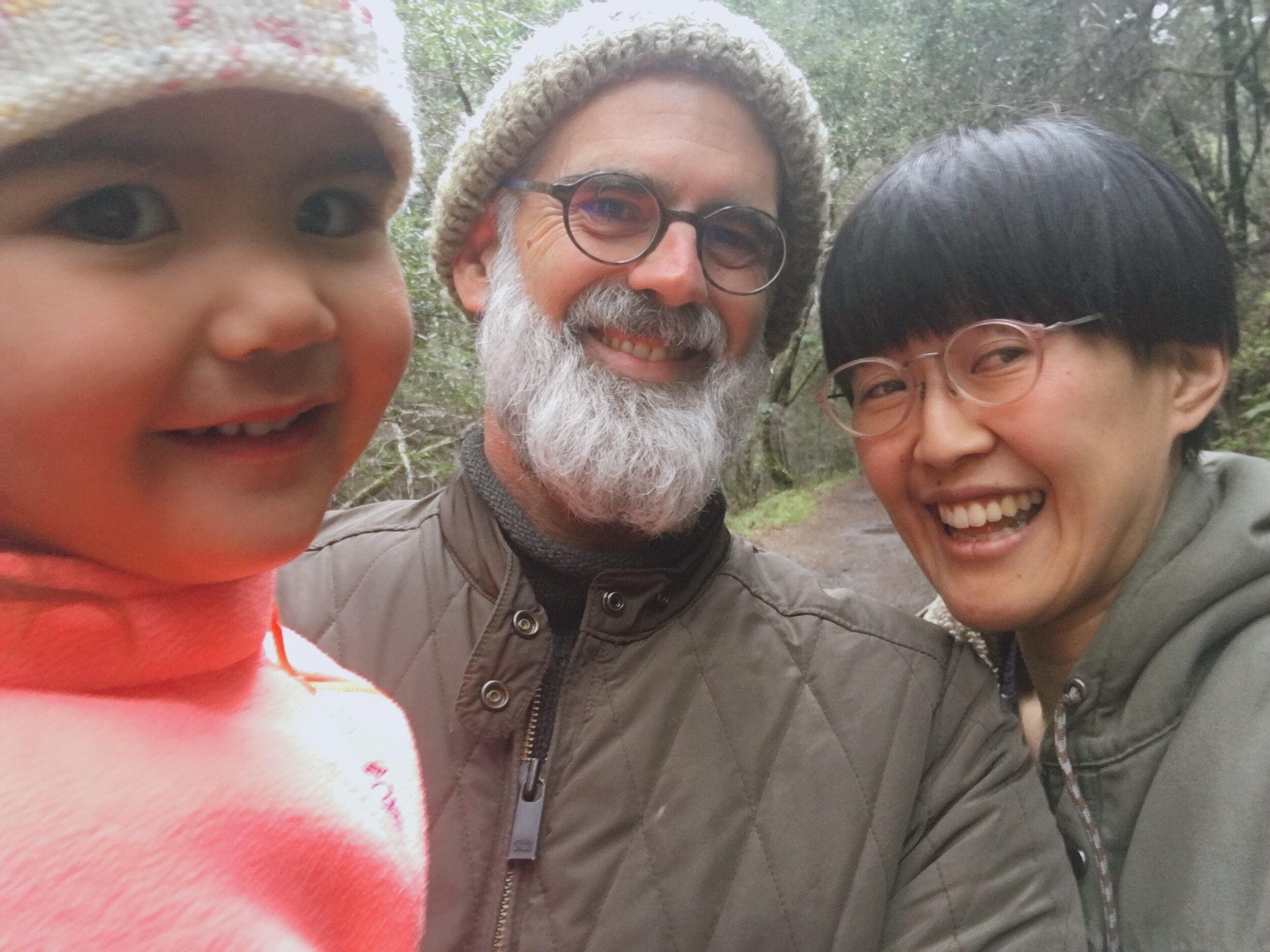why I care
Some of you may be curious about the inspiration or motivations behind this website.
I have a background as an artist, community activist, puppeteer, nonprofit director, consultant, and public speaker, house painter, and bread & butter factory worker, among other things. I've split my time between the US and South America (Venezuela as a kid, Ecuador after college) and now live in the occupied part of the planet local Ohlone people call Huichin (Oakland), California.
For over a decade I advocated for and shared information about art and ecology internationally. I thought it was the future of art and I was passionate about what it could do to help heal communities and ecosystems. Over time, I became disillusioned about the nonprofit sector, the embedded injustices and constraints of our political and economic systems, and how terribly limited the numerous projects we encountered and celebrated on greenmuseum•org actually were once I began to consider them more deeply.
The way modern industrial culture treats people, perpetuates colonialism, white supremacy, patriarchy and other embedded forms of oppression is almost inseparable from the ways we treat the Earth, worsen the climate crisis, mass extinctions, and other disasters. It seemed to me that an illusion of separation was underneath it all, so when I looked at art, with its focus on separate proprietary artworks, the persistent “myth” of the genius artist, and the demands of making a living, selling sellable stuff, it all seemed part of a toxic piecemeal approach to staying alive.
I've lived in places where people were intimate with the life, land, and water they depended on for survival. I've witnessed first-hand the beauty and depth of non-commodified gift-based participative cultures. I know that what's good for us and the Earth can be compatible yet we (I) seldom see it fully in action. Even a great community-engaged ecological artwork is still relatively isolated and sadly truncated by financial, conceptual, and ownership conventions and by the public’s often distanced sense of engagement.
The standard options I grew up with and see around me are not as inspiring as I’d like. Adopting “traditional” foreign cultural practices, even those of my mixed Northern European ancestors feels like a stretch to me as well. Modern industrial culture has stripped me (and most of the planet) of a sense of deep history, scattered my pagan roots, and literally sterilized the soil many of these practices depended on (where can we find the abundant fibershed, wilderness, and biodiversity they relied on, for example?). So perhaps the knowledge that my ancestors, everyone’s ancestors, had more holistic, grounded, and participative traditions which anchored them to place and to each other can serve as inspiration for new ways to do the same for future and present generations. More directly, what if we could incorporate meaningful and helpful elements and themes, as they likely did, into our own homes and lives? How could we build a world that supported and riffed off these ideas?
Now, I know I’m projecting a lot onto these people I’ve never met, except through the imagined eyes of my parents and their parents. I won’t pretend they had it all figured out, but I do believe their cultures of origin, long ago, were more holistic and connected to the natural systems they depended on. If they couldn’t live within their ecological means, they died or moved. I have been haunted for years by this quote from the ecological theorist Paul Sheperd:
“All around us, aspects of the modern world – diet, exercise, medicine, art, work, family, philosophy, economics, ecology, psychology – have begun a long circle back toward their former coherence. Whether they can arrive before the natural world is damaged beyond repair and madness destroys humanity, we cannot tell.”
Perhaps, having traveled as a kid and wrestled with new schools, new cultures, and customs each time we moved, I long for something that might heal a deep sense of incompleteness, that just on the horizon lay something more profoundly integrated and beautiful: a better world that celebrates diversity, honors our interdependence, and supports resilience in the face of climate catastrophe.
I have a child now and she’s growing up fast (she’s 5 as I write this!) and I can’t help but imagine what she’ll inherit from me and how her world might differ from the one I grew up in. My father was raised in a home in rural upstate New York with an outhouse as their sewage system. In the 1920s, automobiles were a novelty and when he went to college to study engineering in the 1940s, there were no digital computers to handle complex calculations, instead, large rooms full of people (often women) known as “computers” did the math by hand. What might the parallel paths of technological wonders and mass extinction bring? The situation is clearly urgent and exploring a systems approach to culture seems to be one way I can contribute. It’s a pattern that seems woefully under-examined culturally. I want to test it out and see what emerges and explore what we can learn from there. It’s a huge privilege to experiment with one’s life. Spending time writing all this is a gift from my sleeping family and life circumstances for which I’m profoundly grateful. Now, to put it all to use somehow.
Seems to me that an integrated articultural and regenerative culture is much closer to what humans and the Earth can afford, so I’m going to try to help explore, preserve, and implement more examples of intertwingled beauty and effectiveness before it’s too late for them to make any difference. I want to be in service of the Earth and all beings, and at this point, I seem to have one idea, and the idea isn’t even mine.
